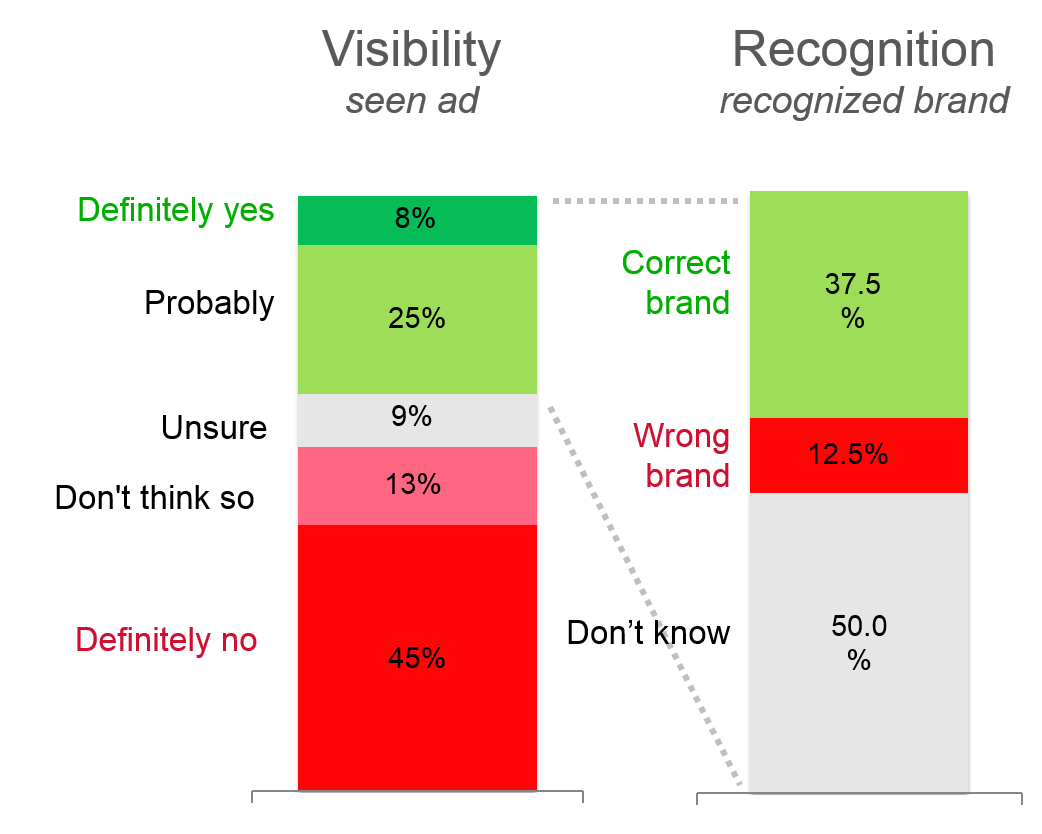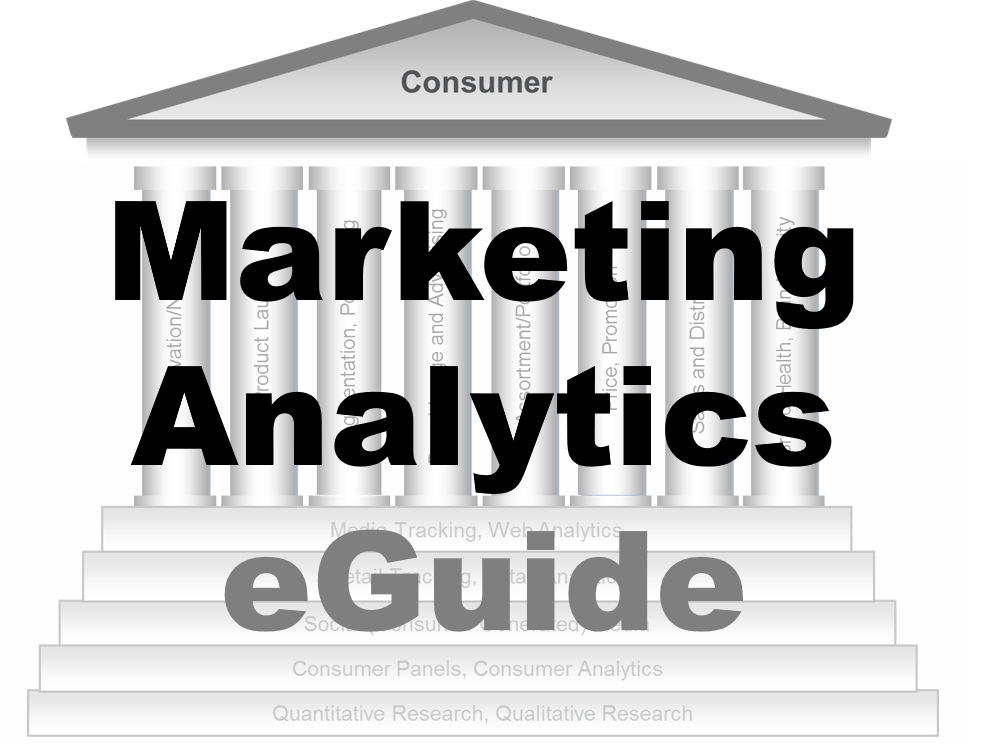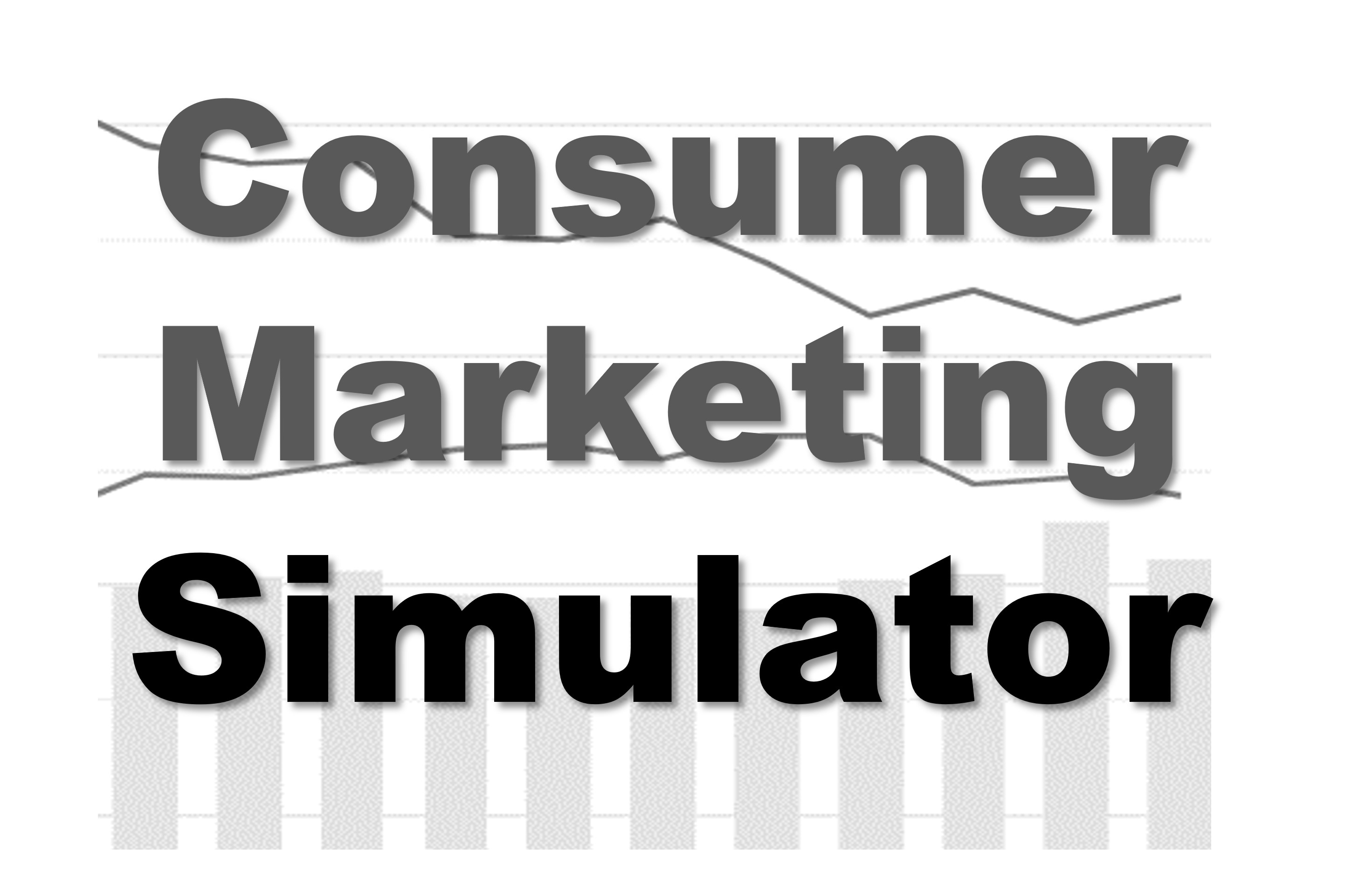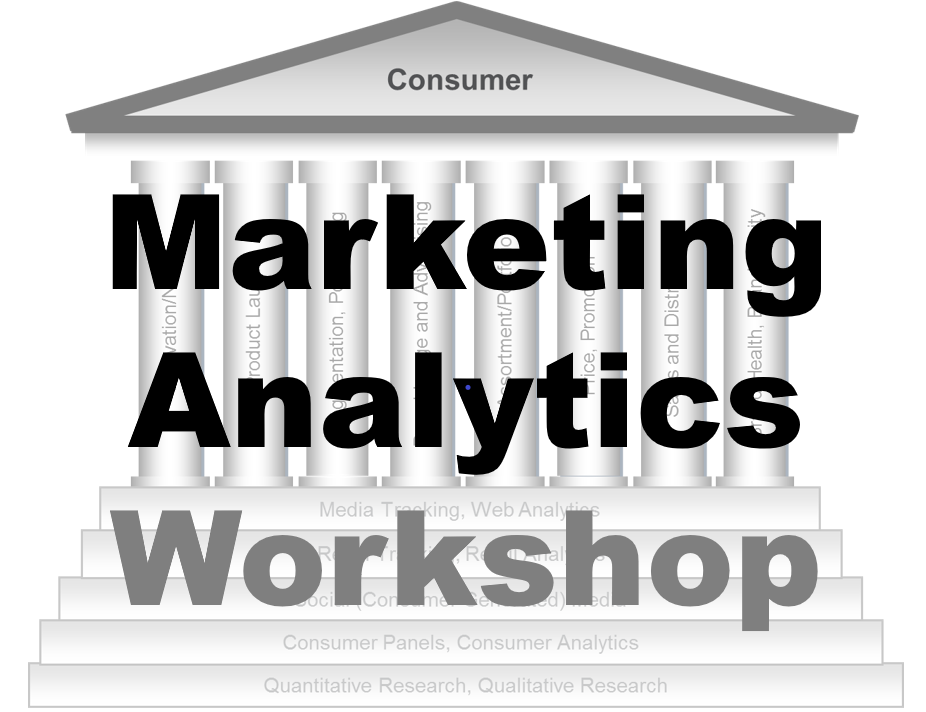-
Advertising Analytics
Advertising Analytics
Audience Measurement
OTT Services
Internet Protocol TV
Return Path Data
Viewer Analytics
Gross Rating Points
Digital Audience Measurement
Total Audience Measurement
Copy Testing
Testing Advertising Online
Advertising Tracking
Continuous vs. Dipstick
Tracking Questionnaire
Advertising Engagement
Behavioural Engagement
YouTube Analytics
Attitudinal Engagement
Branded Memorability
Persuasion
Uniqueness
Likeability
Image and Symbolism
Involvement
Communication
Emotion
Case — Molly LFHC
Awareness Index Model
- How Advertising Works
- Advertising Analytics
- Packaging
- Biometrics
- Marketing Education
- Is Marketing Education Fluffy and Weak?
- How to Choose the Right Marketing Simulator
- Self-Learners: Experiential Learning to Adapt to the New Age of Marketing
- Negotiation Skills Training for Retailers, Marketers, Trade Marketers and Category Managers
- Simulators becoming essential Training Platforms
- What they SHOULD TEACH at Business Schools
- Experiential Learning through Marketing Simulators
-
MarketingMind
Advertising Analytics
Advertising Analytics
Audience Measurement
OTT Services
Internet Protocol TV
Return Path Data
Viewer Analytics
Gross Rating Points
Digital Audience Measurement
Total Audience Measurement
Copy Testing
Testing Advertising Online
Advertising Tracking
Continuous vs. Dipstick
Tracking Questionnaire
Advertising Engagement
Behavioural Engagement
YouTube Analytics
Attitudinal Engagement
Branded Memorability
Persuasion
Uniqueness
Likeability
Image and Symbolism
Involvement
Communication
Emotion
Case — Molly LFHC
Awareness Index Model
- How Advertising Works
- Advertising Analytics
- Packaging
- Biometrics
- Marketing Education
- Is Marketing Education Fluffy and Weak?
- How to Choose the Right Marketing Simulator
- Self-Learners: Experiential Learning to Adapt to the New Age of Marketing
- Negotiation Skills Training for Retailers, Marketers, Trade Marketers and Category Managers
- Simulators becoming essential Training Platforms
- What they SHOULD TEACH at Business Schools
- Experiential Learning through Marketing Simulators
Branded Memorability
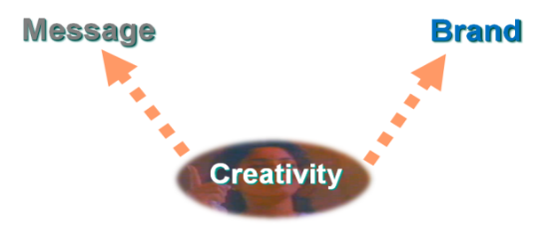
People tend to only remember what is interesting and involving in a commercial. These creative elements that leave long-lasting memories, must serve the intended purpose of the advertisement. Which is why copy tests, like Millward Brown’s LinkTM, emphasize the importance of “functional creativity” — creativity that relates tightly to both the intended message and the brand.
To assess branded memorability on a 5-point scale in a copy test, we typically ask: There are some adverts that people remember but never know which brand they are for. Which of these phrases applies to this advertisement?
- You could not fail to remember the ad was for [brand].
- The ad is quite good at making you remember it is for [brand].
- The ad is not all that good at making you remember it is for [brand].
- It could have been an ad for any brand of [category].
- It could have been an ad for almost anything.
As previously mentioned, a core objective of advertising is the development of brand and advertising salience. Salience is measured in terms of the percentage of consumers who claim they are aware. Top-of-mind awareness refers to the first brand or advertising that comes to mind. Spontaneous or unaided awareness refers to a consumer’s ability to recall a brand or advertising message without any prompting, whereas aided awareness measures a consumer’s ability to recall a brand or advertising message with some form of prompting, such as mentioning the brand or showing them a logo or a tagline.
Ipsos ASI’s day-after responses approach tracks the proportion of respondents who claim they have seen the ad and those who are able to recall elements of the ad and its execution.
Once a commercial has been aired, advertising awareness and brand linkage is tested via brand-led claimed awareness as well as de-branded recognition.
Brand-led claimed ad awareness is not execution specific; it measures a perception or belief that a brand has been advertised. Typically, to measure brand-led claimed awareness, we ask: “Have you seen any television advertising for [brand] recently?”
On the other hand, recognition is specific and measures exposure to and recall of a particular piece of advertising creative that is shown in the form of a telepic. It is de-branded — so for example, if we were to use the telepic shown in Exhibit 13.1, the Coca-Cola branding on the bottles would have to be masked.
The question is phrased along the following lines: “I'm going to read out a description of [show you] an ad for a brand of [category] that has been on television recently, and I'd like you to tell me if you have seen the ad or not.”
Those respondents who claim to be aware of the ad are then asked what brand it was for.
Exhibit 13.7 presents the findings from a particular research study that highlights a weakness in branded memorability. The results indicate that only a small proportion of respondents (one in three) claimed to have definitely or probably seen the advertisement. Additionally, out of those who claimed to have seen the ad, half of them could not recall the brand, and one in four (12.5/50) of those who claimed to know the advertised brand, gave the wrong answer. This suggests that the advertisement had weak visibility and brand recognition.
While in this example the results are quite
straight forward, conclusions should normally be based on benchmarks provided
by the research agency. For instance, Ipsos ASI
computes a benchmark measure called the Reach Index based on visibility
and recognition or brand linkage where:
Reach Index = Visibility × Recognition
= 33% × 37.5% = 12.5%
(for the example in Exhibit 13.7).
A high reach index indicates that more people noticed the ad and associate it with the brand. On the other hand, weak branded memorability, as shown in the example in Exhibit 13.7, lead to poor visibility and brand recognition, ultimately impacting the effectiveness of the advertisement.
Previous Next
Use the Search Bar to find content on MarketingMind.
Contact | Privacy Statement | Disclaimer: Opinions and views expressed on www.ashokcharan.com are the author’s personal views, and do not represent the official views of the National University of Singapore (NUS) or the NUS Business School | © Copyright 2013-2025 www.ashokcharan.com. All Rights Reserved.

